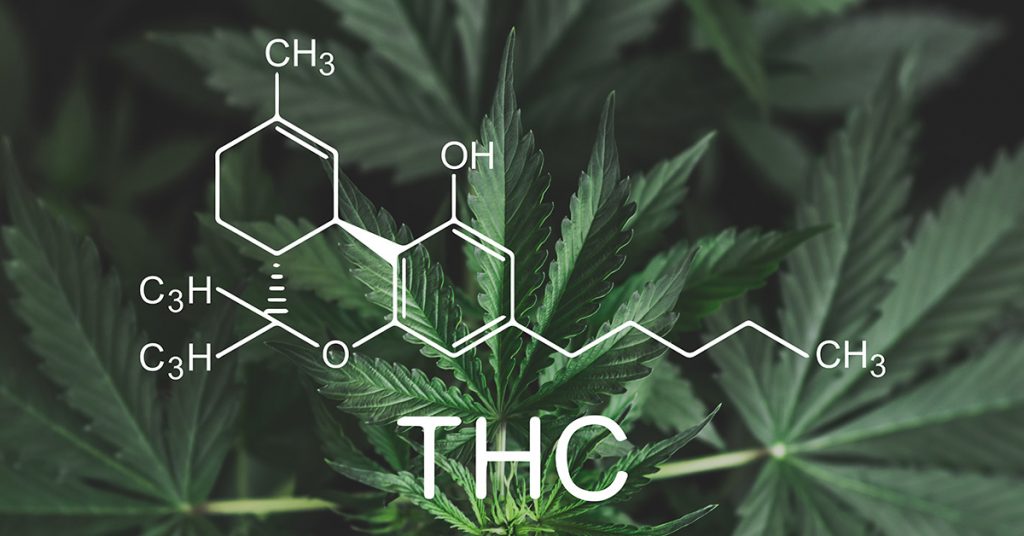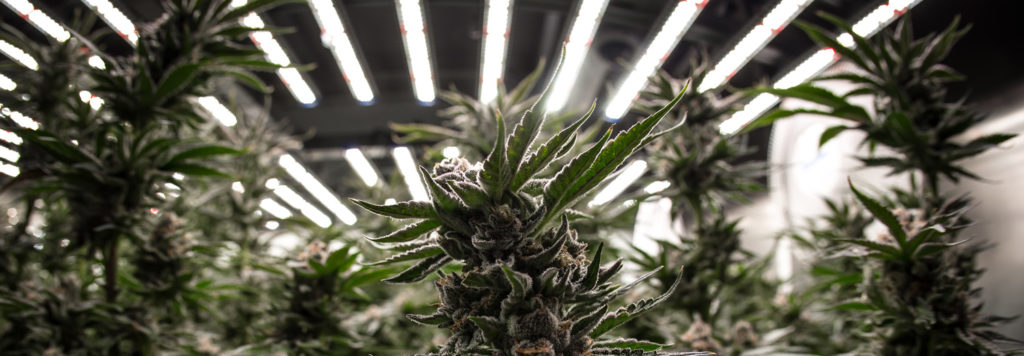How Long Does THC Stay in Your System?

How Long Does THC Stay in Your System? If there’s one caveat to cannabis use, it’s potentially failing the dreaded drug test. Many employers, especially government agencies and high-tech firms, regularly monitor both current and new hires for any THC content in their systems, prompting cannabis users to ask: is there any THC left in […]
Why is Medical Marijuana Seedless?

Why is Medical Marijuana Seedless? If plants have seeds, and cannabis is a plant, then there should be cannabis seeds in medical marijuana products. Right? Up until the 1970s, all cannabis growers used cannabis seeds, and all cannabis products had seeds in them. Then, growers realized that cannabis doesn’t need to be fertilized to reproduce, […]

